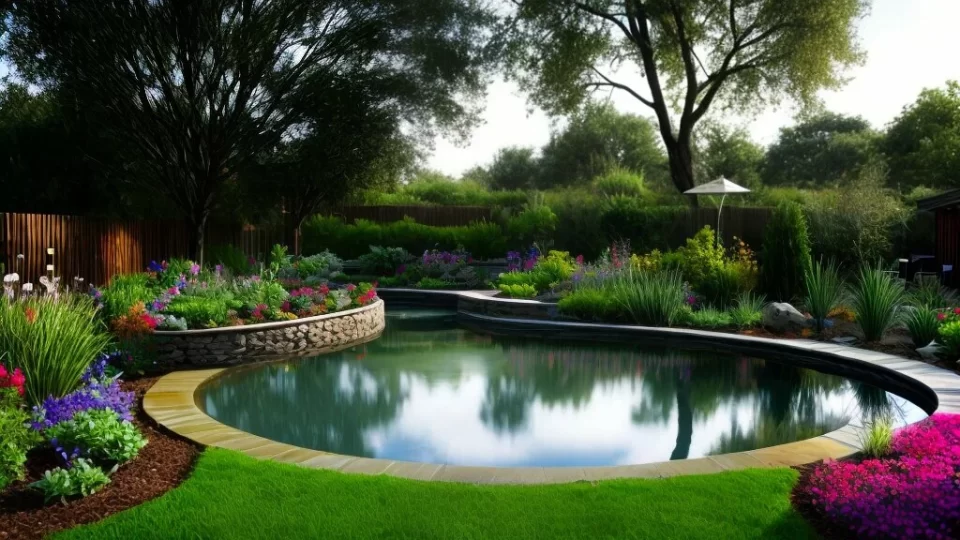In the ever-evolving field of landscape construction, sustainability has become a paramount concern. The integration of environmentally friendly practices not only preserves natural resources but also ensures the longevity and beauty of urban and suburban developments. Urban Stone landscape construction, a concept gaining traction, emphasizes the use of materials and techniques that are both aesthetically pleasing and environmentally responsible.
Choosing Sustainable Materials
One of the cornerstones of sustainable landscape construction is the selection of appropriate materials. Urban Stone landscape construction advocates for the use of locally sourced stones, which reduces the carbon footprint associated with transportation. Additionally, these natural stones are durable, require minimal maintenance, and blend seamlessly into outdoor environments, enhancing the natural aesthetics without the need for frequent replacements.
Water Conservation Techniques
Water management is a critical aspect of sustainable landscaping. Techniques such as rainwater harvesting, drip irrigation, and the use of drought-tolerant plants can significantly reduce water usage. In landscape construction, permeable paving solutions allow rainwater to seep through the ground, replenishing groundwater supplies and reducing runoff, thus preventing erosion and water pollution.
Energy Efficiency and Landscape Design
Strategic landscape design plays a vital role in enhancing energy efficiency. By positioning trees and shrubs to provide shade and windbreaks, Landscape constructions can naturally regulate the temperature of surrounding buildings. This reduces the reliance on artificial heating and cooling systems, thereby decreasing energy consumption and promoting a more sustainable environment.
Promoting Biodiversity
Sustainable landscape construction also involves creating habitats that support local wildlife. Urban Stone landscape constructions can incorporate native plants, which provide food and shelter for local bird species, insects, and other wildlife. This not only helps in maintaining ecological balance but also adds to the visual appeal of the area, promoting a vibrant and dynamic ecosystem.
Community Engagement and Education
Educating the community about the benefits of sustainable practices is essential for widespread adoption. Urban Stone landscape construction projects often serve as excellent models for sustainable development, demonstrating practical applications of these techniques. Workshops and seminars can engage local residents and professionals alike, spreading knowledge and encouraging more environmentally conscious decisions in landscape design.
Conclusion
Sustainable practices in landscape construction are not just a trend but a necessary approach to ensure the health of our planet and future generations. By adopting methods like landscape construction, developers and homeowners can achieve a balance between stunning aesthetic appeal and environmental stewardship. The continued evolution of these practices promises not only more beautiful landscapes but also healthier ecosystems for all to enjoy.

